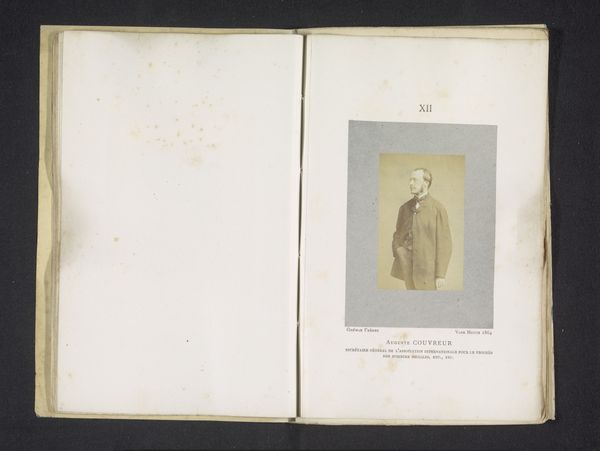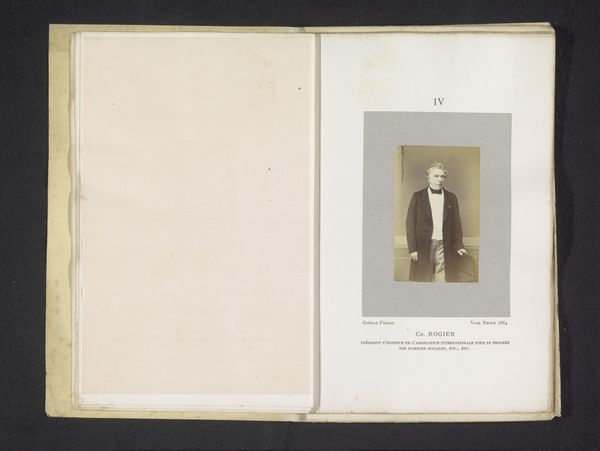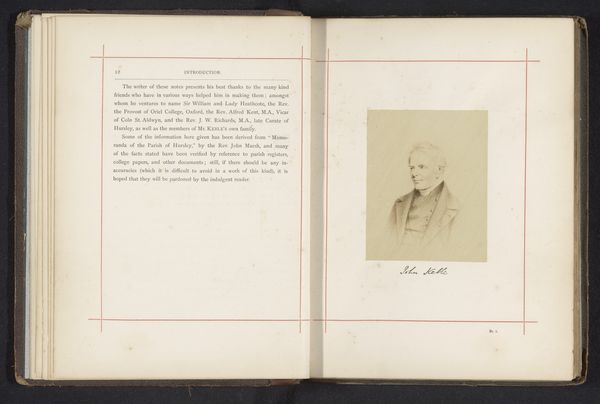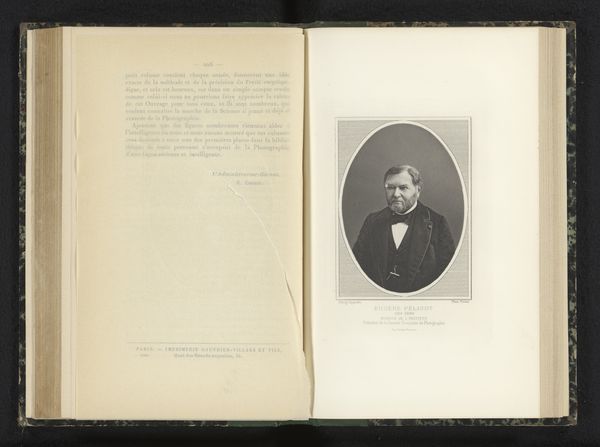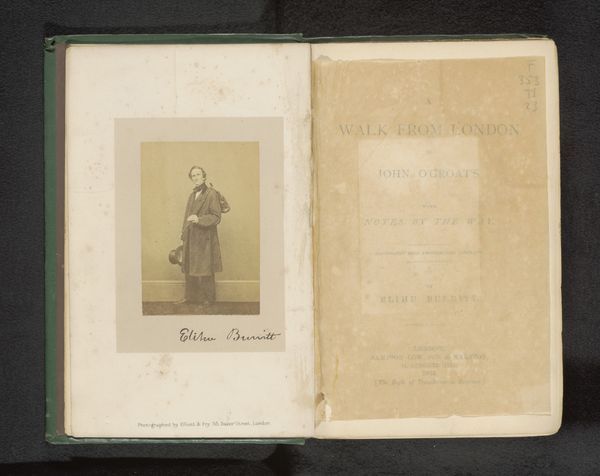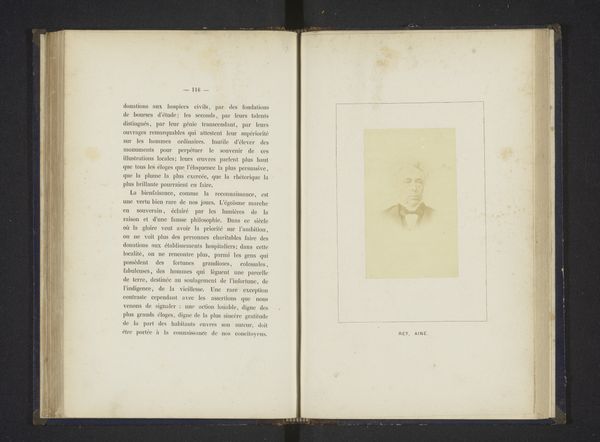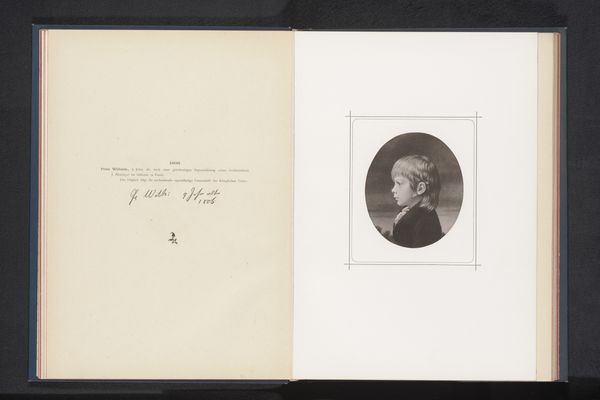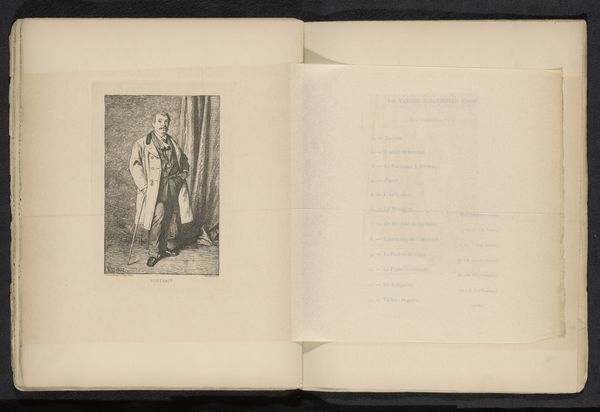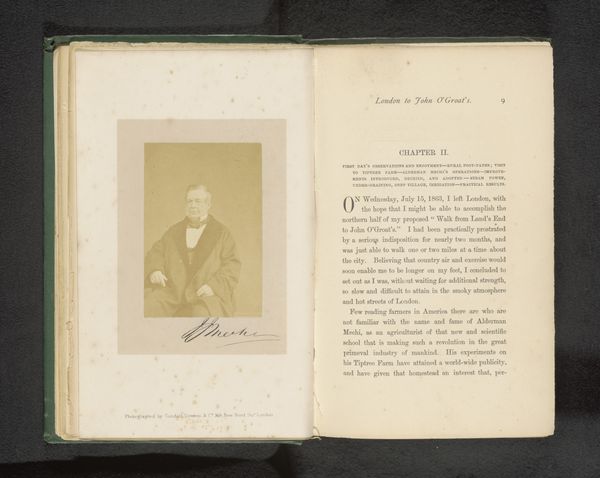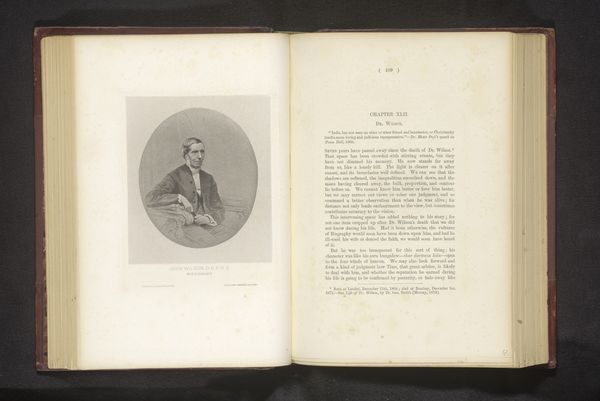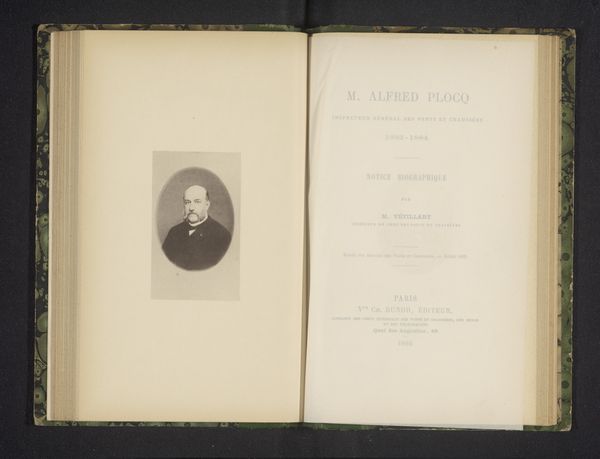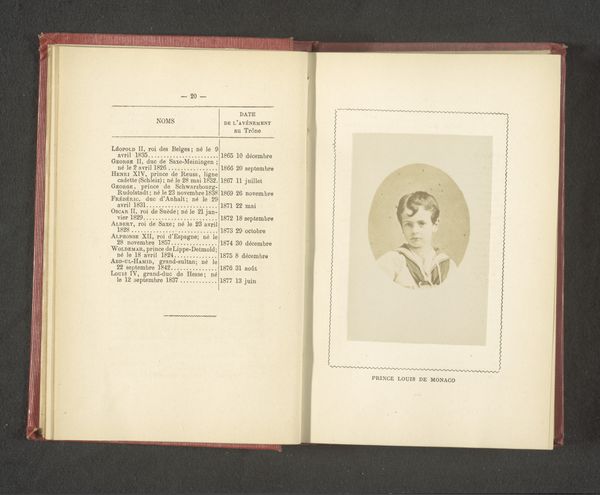
photography, gelatin-silver-print
#
portrait
#
photography
#
coloured pencil
#
gelatin-silver-print
#
academic-art
Dimensions: height 85 mm, width 54 mm
Copyright: Rijks Museum: Open Domain
Editor: Here we have a gelatin-silver print, “Portret van Auguste Pierre Louis Couvreur,” made before 1864 by Ghémar Frères. It’s a very formal portrait, quite austere in its presentation. What strikes you most about this image? Curator: What stands out for me is the very *idea* of a photographic "portrait" at this moment in history. Photography, as a relatively new technology, was rapidly changing social structures. How did the emergence of photographic portraiture democratize representation, and perhaps, shift the power dynamics around who gets their image memorialized? Editor: So, you're thinking about how photography opened up portraiture to people outside the traditional elite? Curator: Precisely. Think about it - before photography, painted portraits were largely confined to the wealthy. Photography offered a more accessible, arguably more "objective" form of representation, but it also created a new kind of visual culture. We should ask ourselves, who commissioned these photographic portraits, and what kind of statement were they making? Editor: It's interesting to consider how this portrait exists within a larger book too. "Galerie de l'Association Internationale," implying a collective identity of progressive thinkers maybe? Curator: Exactly. By placing his image within this "Gallery," Couvreur is associating himself with the progressive social and political ideas of the International Association. The portrait then becomes more than just a likeness; it's a declaration of affiliation and ideology. This "gallery" presents a curated vision of progress. Editor: So this image shows that portraits weren't always just about appearances. They could also project ideas! It shows me that this portrait is an important political and social document. Curator: Indeed. Considering this image forces us to think critically about how photography can be a tool for shaping public perception. I've definitely thought of photography in a different light thanks to that idea.
Comments
No comments
Be the first to comment and join the conversation on the ultimate creative platform.
